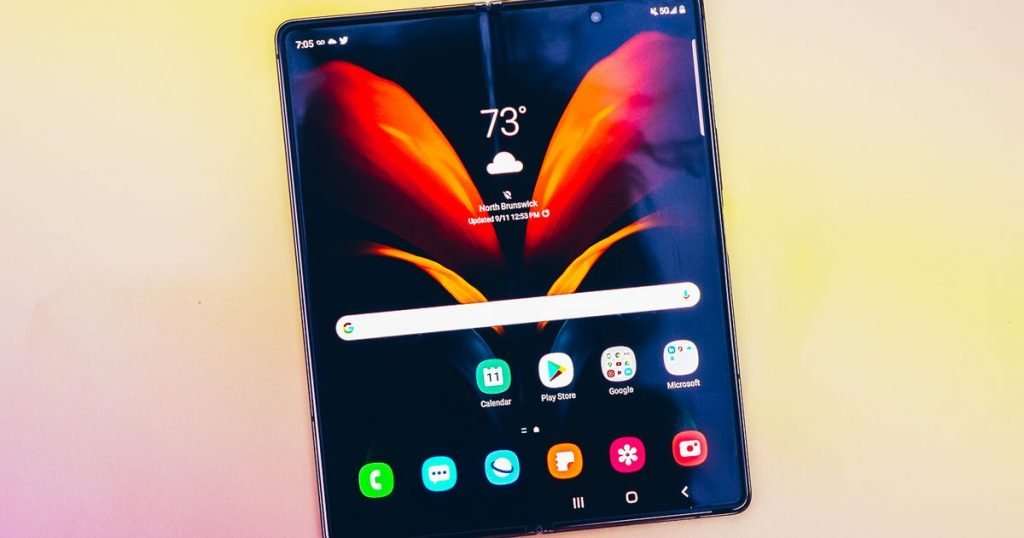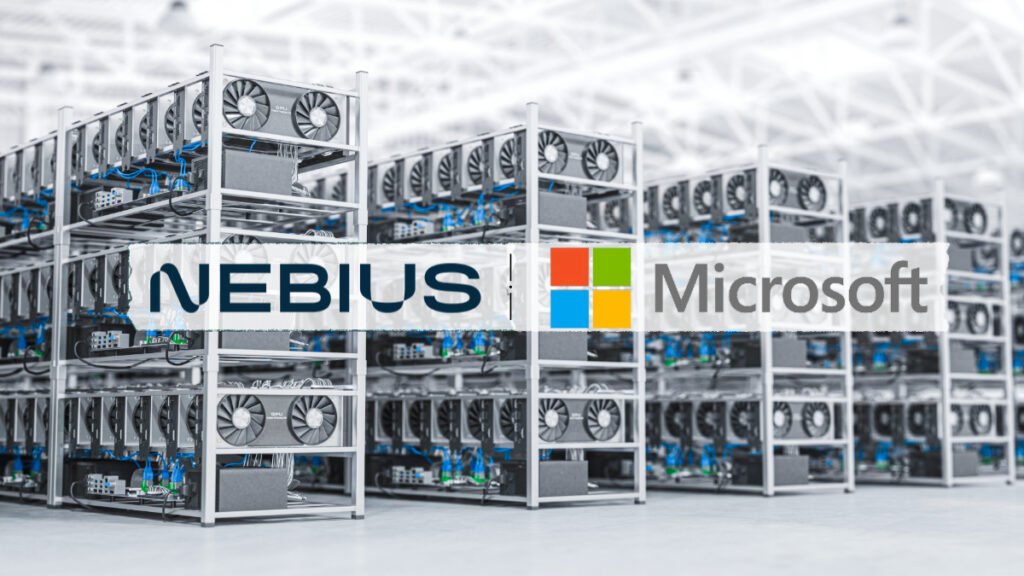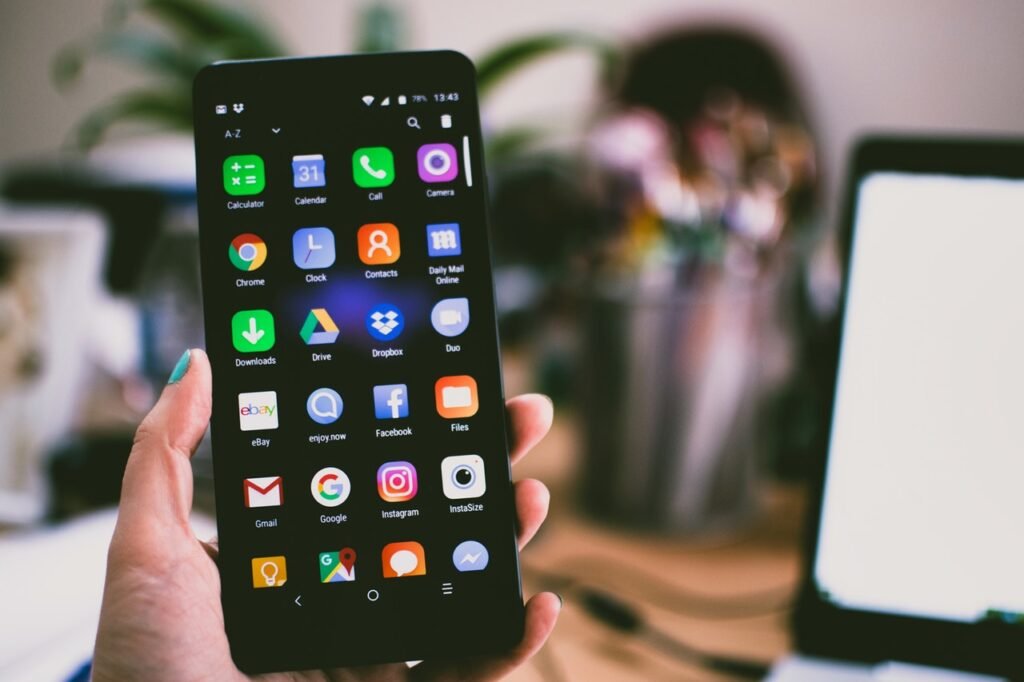Samsung Galaxy Z Fold 2 review: The foldable we all want but don’t need… yet

Robust cover display functionality • Sleek and durable design • Very capable cameras • Improved display with 120Hz refresh rate
Way too expensive • Thick and heavy build
The Galaxy Z Fold 2 is proof that Samsung is capable of successfully manufacturing a foldable phone that’s both sleek and powerful. But at $2,000, it’s more elite toy than must-buy.
Samsung’s new Galaxy Z Fold 2 represents one very crucial thing for the company: redemption. With an upgraded, durable screen that’s been kept at somewhat of a similar price point (at $200 more than the original Fold), it appears as if the South Korean tech giant is trying to make up for its prior foldable missteps and lost time.
Rather than completely overhauling the original Fold’s design, Samsung instead fixed what was broken by incorporating elements it already knew would work: an Ultra Thin Glass (UTG) display and a free-standing hinge.
But in addition to providing a solid build, the company’s now also pivoted its messaging: The Fold 2 is more than just a smartphone. It’s fully optimized as an on-the-go productivity workhorse with a variety of multitasking features.
Now that Samsung’s increased the size of the cover display, you can use the Fold 2 much like you would any other “normal” smartphone. That means you can quickly answer texts, make calls, scroll through social media, or even answer emails comfortably without unfolding it. And for those moments when you need a bigger display or to pull up a few apps to multitask, simply fold back that front cover, and you have a tablet at your disposable.
This concept isn’t at all different from the original Fold, and it’s no longer even novel to consumers. It’s now been a year since Samsung’s first foldable was introduced to general buzz and then immediate disappointment. And, as a result, the Fold 2 doesn’t feel ahead of its time or futuristic.
The good news is that, unlike Microsoft’s distantly related Surface Duo foldable, there’s no steep learning curve to be found here. By offering the familiarity of a standard smartphone coupled with the option to switch to tablet mode when necessary, Samsung has made the the Z Fold 2 more approachable, allowing users to adapt to it in baby steps.
SEE ALSO: The Galaxy Z Fold 2 is everything the first Fold should’ve been
While I could go on about why I believe the Z Fold 2 is truly an excellent piece of hardware, it’s important to not stray far from reality here. This device is nothing more than proof that Samsung can make a Fold that works. More importantly, the Z Fold 2 also allows the company to maintain its position as the go-to brand for smartphone innovation.
At $2,000, the Fold 2 certainly isn’t a device Samsung is relying on to boost its sales; it’s for those with disposable income to drop (during a pandemic marked by massive unemployment, nonetheless). Case in point: With the purchase of a Fold 2, Samsung promises its users access to “VIP benefits and experiences” through its Galaxy Z Premier program, in addition to an optional membership for something called a “Founders Card.”
You know, very elite stuff.
Finally, a design that’s anxiety-free
If the first-generation Z Fold hadn’t been such a spectacular hardware fail, with its frail and fragile display, I wouldn’t be focusing on the Z Fold 2’s design all that much. Thankfully, durability isn’t a cause for concern this time around.
At 2.7-inches thick when folded, the Z Fold 2 is a chunky device. And while I can’t comfortably slip it into my pockets, its thickness does make it more comfortable to hold with one-hand. I found I could firmly grasp onto it without worrying about accidental drops. It felt vaguely similar to holding a candy bar phone, which is actually a feeling I didn’t know I missed.
Told ya it was chunky.
Image: brenda stolyar / mashable
This balanced design means that navigating the 6.2-inch HD+ Super AMOLED cover display was a lot easier, too. That’s particularly important seeing as how Samsung increased the size from 4.6-inches on the last Fold, making it more functional. But more on that, later.
The Fold 2 opens up to reveal a 7.6-inch AMOLED display that’s made of Ultra Thin Glass, which in layman’s terms basically translates to flexible glass with a layer of plastic over it. It also comes with a screen protector pre-installed for that extra peace of mind. Much like my experience with the Galaxy Z Flip, I encountered no issues with the screen during my time with the Fold 2.
Samsung recommends leaving the screen protector on and any removal should be done by its own repair service or third-party technicians. This is likely due to last year’s debacle when some tech reviewers peeled what they thought was the screen protector on the Fold, but turned out to be the display — which ultimately destroyed the phones.
The 6.2-inch cover display gives you access to all your apps.
Image: brenda stolyar / mashable
It opens up to a 7.6-inch main display on the inside.
Image: brenda stolyar / mashable
With a 1080 x 2636 pixel resolution, colors on the Fold 2 appear bright and vibrant even when in direct sunlight. And with a 120Hz refresh rate, it’s also super responsive when tapping, scrolling, or typing. It also helps that Samsung’s incorporated its signature Infinity-O technology into the Fold 2’s design, giving it a nearly bezel-free viewing experience.
It’s also worth mentioning that there is a crease visible in the middle of the screen, which is inevitable for foldable displays in the present day. And while I would typically complain about something like this, it’s really not that noticeable. It’s also a fair compromise given that the Fold 2’s display is actually, ya know, functional.
When you flip the Fold 2 over to its back, you might notice that it looks super similar to the Note 20 Ultra with its brushed aluminum frame and rectangular triple-camera module. The camera bump isn’t nearly as thick here, though. So you don’t have worry about the device rocking back and forth while using it when placed on a flat surface.
In terms of buttons and ports, the Z Fold 2 features the standards: a USB-C port, power button (which doubles as a fingerprint sensor), volume rocker, and SIM card tray, as well as two speakers (one at the top and one at the bottom).
The free-standing hinge allows you to position it at multiple angles.
Image: brenda stolyar / mashable
Holding this entire phone together is the free-standing hinge which gives you the option to position it at different angles, as opposed to just fully open or fully closed. When taking selfies or watching YouTube videos at my desk, I’d often prop the Fold 2 up halfway. This position also proves useful for hands-free video calls, as well.
In addition to providing versatility, the free-standing hinge also makes the device feel more durable when folding and unfolding it multiple times throughout the day. While I can’t say for sure whether that impression will wear off over time, it does feel promising at this very moment.
To really drive home its emphasis on the new hinge, Samsung is offering users the option to choose from an array of hinge colors (i.e., gold, red, metallic silver, and blue) to complement the Z Fold 2 in either Mystic Bronze (the color of my review unit) or Mystic Black.
Performance that offers the best of both worlds
Before we dive into what it’s like to use the Fold 2 on a daily basis, let’s gets some specs out of the way first.
As far as its chipset goes, the device features Qualcomm’s Snapdragon 865+ processor with support for both flavors of 5G. That means you’ll be able to use either sub-6 5G or mmWave (for faster speeds), depending on what’s available in your area.
That screen protector is a fingerprint magnet, though.
Image: brenda stolyar / mashable
Then, there’s the 4,500mAh dual battery which is bigger than the 4,380mAh battery found in the original Fold.
With standard usage (i.e., scrolling through social media, taking some photos, answering emails and Slack messages), I was easily able to get through a full day with some power left over for the morning. If you plan on using it for some heavy all-day multitasking, then I’d say you’ll be able to push it until the evening.
As for storage configurations, the Fold 2 is only offered with 12GB of RAM and 256GB internal storage.
Now, let’s move on to my experience using this device as a daily driver. For starters, it’s worth noting the Fold 2 is a lot more versatile than the first-generation version, thanks to that enhanced (and fully functional) cover display. As I mentioned earlier, you can now comforta
Be the first to write a comment.









